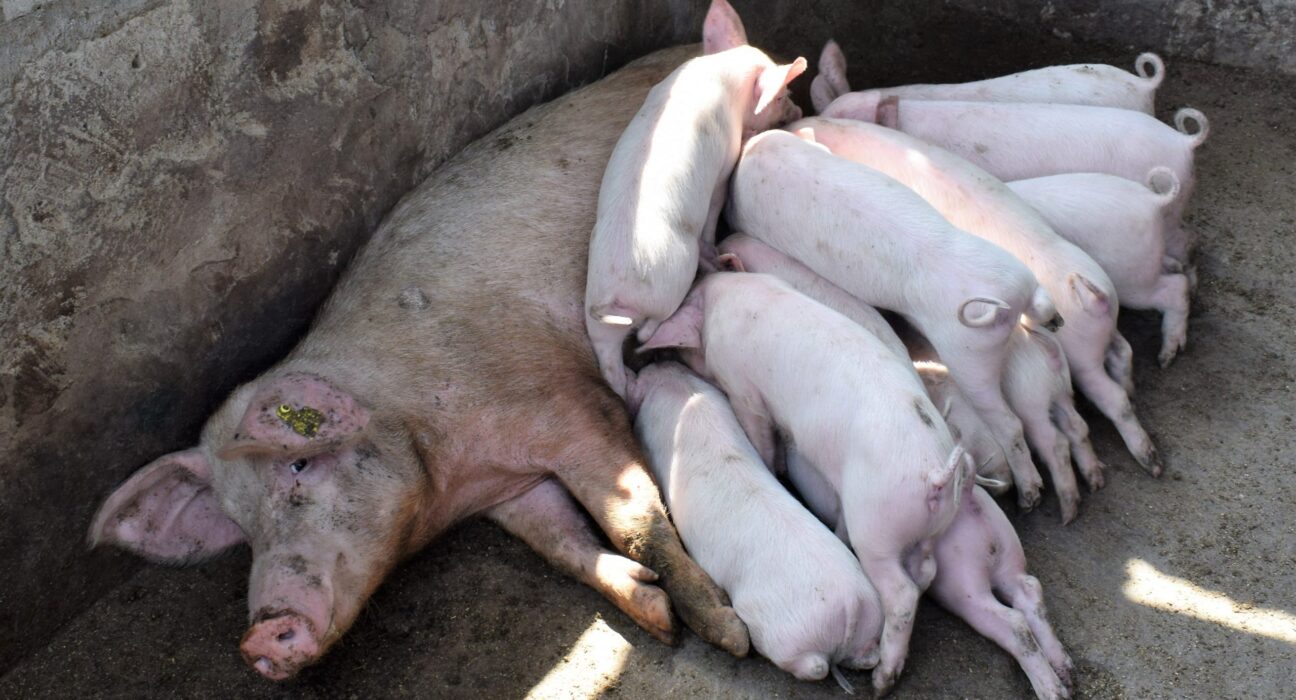Pig farming in Kenya has emerged as one of the most lucrative agribusiness ventures, attracting both small-scale and large-scale farmers. The growing demand for pork, coupled with the relatively low production costs, makes pig farming a promising avenue for entrepreneurs looking to diversify their investments or explore agriculture as a primary business.
This article explores the essential aspects of pig farming in Kenya, including breeds, housing, feeding, breeding, disease management, and marketing, while also offering practical tips for new and experienced farmers.
Why Pig Farming in Kenya Is Profitable
The demand for pork in Kenya is growing rapidly, driven by increasing urbanization, changing dietary preferences, and a growing middle class with disposable income. Pork is not only consumed in homes but is also a key ingredient in many Kenyan hotels, restaurants, and butcheries.
In addition, pigs are efficient feed converters, meaning they grow quickly when provided with proper care and feeding. This rapid growth translates into faster returns on investment compared to other livestock ventures such as cattle or goats.
A mature pig can fetch profits of up to Ksh 30,000 per animal, making it a high-return agribusiness when managed efficiently.
Breeds of Pigs in Kenya
Choosing the right pig breed is critical to the success of your pig farming venture. Below are some of the most popular pig breeds in Kenya:
- Hampshire: Known for its high-quality meat and rapid growth.
- Large White: Renowned for its high fertility rates and excellent mothering abilities.
- Landrace: A breed prized for its adaptability and ability to produce lean pork.
- Duroc: Known for its resistance to diseases and rapid growth.
- Saddleback: Popular for its hardiness and ability to thrive in challenging conditions.
- Pietrain: A highly muscled breed that is well-suited for producing lean pork.
Farmers are advised to consult veterinary professionals or experienced breeders when selecting the best breed for their environment and market.
Factors to Consider Before Starting Pig Farming
To succeed in pig farming, careful planning is essential. Below are the key factors to consider before venturing into this business:
- Land and Location:
- Ensure the land is spacious and located in a quiet area, away from residential zones.
- Proper zoning reduces complaints about odor and noise from neighbors.
- Market Availability:
- Conduct market research to identify potential buyers for your pork.
- Establish relationships with slaughterhouses, butcheries, restaurants, and institutions.
- Veterinary Services:
- Access to reliable veterinary services is crucial for disease management and vaccination.
- Feed and Water Supply:
- Ensure a consistent supply of nutritious feed and fresh water. Feed accounts for about 60% of the total costs.
- Housing:
- Invest in well-designed pigpens with adequate spacing and ventilation.
Housing and Space Requirements
Pigs require clean, dry, and well-ventilated housing to thrive. The design of pig pens should:
- Be divided into separate compartments for different age groups.
- Have enough space for pigs to move comfortably. A recommended spacing is 20×24 meters for a medium-sized pen.
- Include shaded areas to protect pigs from extreme weather conditions.
Proper drainage and regular cleaning of the pens are essential to prevent disease outbreaks.
Breeding: Expanding Your Stock
One of the advantages of pig farming is the high reproduction rate. Pigs typically:
- Give birth twice a year, producing 10-14 piglets per litter.
- Have a gestation period of 114 days.
To ensure healthy litters:
- Select strong and disease-free breeding stock.
- Provide adequate nutrition to the sows during pregnancy.
- Monitor piglets closely after birth and ensure they receive colostrum within the first 24 hours.
Feeding: Maximizing Growth and Productivity
Feeding accounts for a significant portion of pig farming costs but is vital for the growth and productivity of your stock. Pigs are omnivorous and can consume:
- Kitchen waste, vegetables, grains, fish meal, and formulated feeds.
On average:
- Adult pigs consume 2-3 kgs of food daily.
- Adult pigs require 20-50 liters of water per day, while piglets need about 10 liters.
For optimal growth:
- Include protein-rich feeds like soya meal and fish meal in their diet.
- Use commercially prepared feeds to meet the nutritional needs of different pig groups.
Disease Management and Veterinary Care
Like any other livestock, pigs are prone to diseases such as diarrhea, pneumonia, and worm infestations. Below are some tips to ensure healthy pigs:
- Hygiene: Maintain clean pens and sanitize equipment regularly.
- Vaccination: Adhere to vaccination schedules recommended by your veterinarian.
- Deworming: Deworm pigs periodically to prevent internal parasites.
- Isolation: Quarantine new pigs or those showing signs of illness to prevent the spread of diseases.
Investing in regular veterinary checkups can save you from costly disease outbreaks.
Market Opportunities for Pigs in Kenya
Kenya’s pork market offers diverse opportunities for farmers. Below are some of the ways to sell pigs and pork products:
- Direct Sales to Slaughterhouses:
- Farmers can supply pigs directly to slaughterhouses in bulk.
- Restaurants and Hotels:
- Pork is a popular delicacy in many Kenyan eateries.
- Butcheries:
- There are few specialized pork butcheries, providing an untapped opportunity for farmers to venture into this niche.
- Institutions:
- Schools and hospitals may purchase pork in bulk for their catering needs.
Success Stories in Pig Farming
Kenyan farmers have achieved remarkable success in pig farming. For instance:
- The Rise of Pork Processors: Companies such as Farmers Choice have created a reliable supply chain, working with local pig farmers to meet their pork processing needs.
- Local Entrepreneurs: Individual farmers have established their brands by marketing directly to consumers, opening their butcheries, or supplying to supermarkets.
Challenges and How to Overcome Them
While pig farming is profitable, farmers face challenges such as:
- High Feed Costs:
- Solution: Use locally available feed ingredients and supplement with kitchen waste.
- Disease Outbreaks:
- Solution: Maintain strict biosecurity measures and invest in veterinary care.
- Limited Market Access:
- Solution: Diversify markets by targeting both retail and wholesale buyers.
- Capital Requirements:
- Solution: Seek funding from SACCOs, microfinance institutions, or government grants for agribusiness.
Future Prospects of Pig Farming in Kenya
The future of pig farming in Kenya is bright, with increasing demand for pork and pork products locally and internationally. With the support of government initiatives such as the Big Four Agenda, which prioritizes food security and manufacturing, pig farmers can benefit from training, funding, and market access programs.
Moreover, advancements in pig genetics and feed technology are expected to enhance productivity, making pig farming even more profitable.
Conclusion
Pig farming in Kenya is a rewarding agribusiness venture that offers high returns for farmers willing to invest time, effort, and resources. By focusing on quality breeds, proper housing, nutritious feeding, and effective disease management, you can build a sustainable and profitable pig farming business.
With the right approach and market strategies, Kenyan farmers can tap into the growing demand for pork, both locally and internationally, and secure their financial future through this promising agribusiness.





